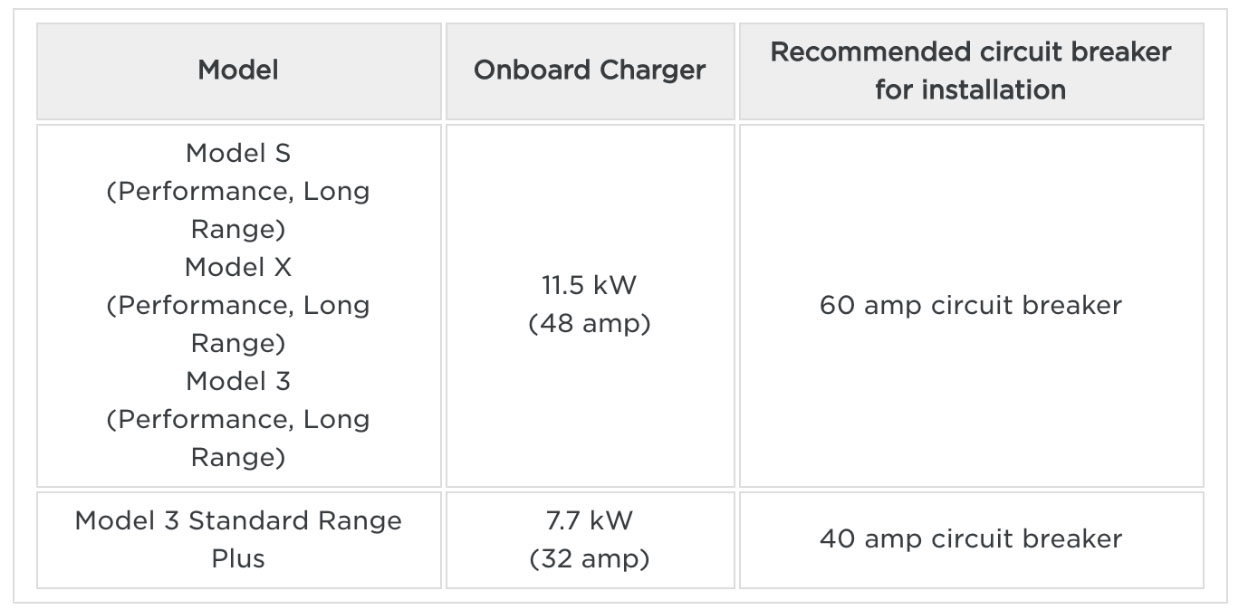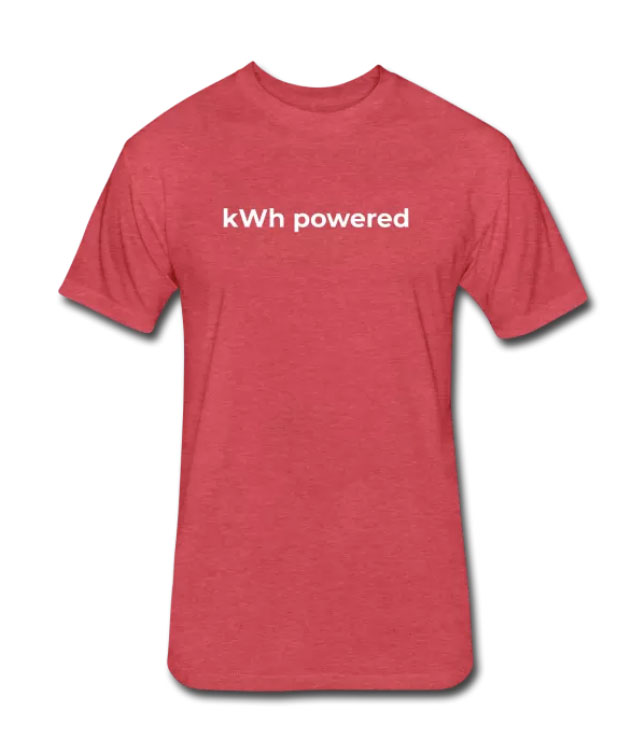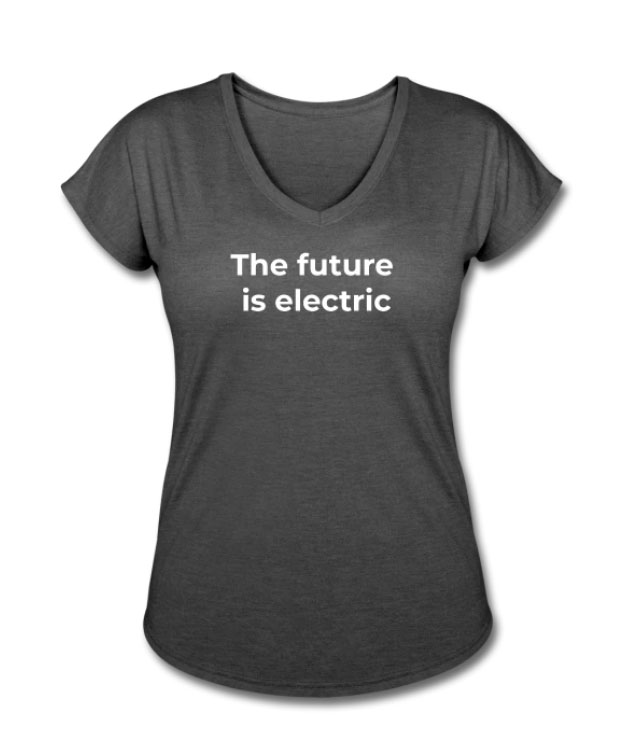One of the first questions that comes up when buying a Tesla is home charging. Do I need to spend money on installing a new power outlet and how much? In this article, we’ll try to provide= some helpful guidance and cover most alternatives out there for charging an EV at home- specifically a Tesla- in the United States and Canada.
Common power outlets
We recommend that you ask your electrician to advise on what type of power outlet you can install (it’ll depend on your electric panel). The most common options are:
- Tesla Wall Charger: charges at 42-54 mi/h.
- NEMA 14-50: Recommended by Tesla, charges at 26-34 mi/h.
- NEMA 14-30: The next best thing if you can’t install the NEMA 14-50 (e.g. if you don’t have enough amperage). Charges at 14mi/h.
- NEMA 5-15: Charges at 4mi/h. Don’t forget this is always an option.
People often think a Tesla Wall Charger is needed to charge their Tesla at home. It is not, you can perfectly charge your Tesla without Tesla’s Wall Charge. In fact, you may not need that charging speed at home at all but if you do, check out Tesla’s onboard charging capabilities recommendations:
Should I install a new power outlet?
Installing a new power outlet has a cost, so you may want to consider the following before making a decision:
- How long is your commute? It’s one thing if you have a long commute but if you have, let’s say, a 20 miles daily commute (10 miles each way) you can easily recharge tat overnight (6 hours * 4 miles per hour) with a regular outlet at home.
- Can you charge at work? If you have a long commute but you can charge at work, that’s another thing to consider if you can charge enough to get home the same day and back to work the next day.
- Do you live/work close to a SuperCharger? Another option is to do a quick stop at a SuperCharger if you live close to one.
- Do you already have an outlet you can reuse? Another idea is to use an existing power outlet- like the one for the washing machine- to also charge your car. This may be tedious since you’d have to plug and unplug appliances and the car to take turns. However, there are some options, which we’ll cover in a second.
- Are you planning on moving out any time soon? This is an obvious one, you may not want to invest in a power outlet if you’re planning on moving out. Or you may just invest in something that you can take with you to the next place (e.g. NeoCharge splitter).
Where to find an electrician
Any electrician could do the job, but you may want to find someone who’s familiar with the process in order to get the right permits, etc. Often, the part of the process with more risk of getting stuck is not the installation of the power outlet itself but the red tape to obtain the permit and get it approved afterwards. In this sense, Tesla has a tool to help you find recommended electricians in your area. And if there aren’t any, you can always reach out to Tesla’s charging installation team asking for help.
Installation cost
One of the things we often hear from new Tesla owners looking for an electrician is that the quotes are all over the place. And they are. This is what you have to take into account: you have to pay for the installation and for the permit. Some electricians will just take care of the installation and let you handle the permit request, which may be the reason why some quotes are way lower than others (like half the price).
As an example, here’s the breakdown of our NEMA 14-30 outlet installation in California:

As you can see, the installation it’s half of the price and the other half is the permits and inspection. If you want to install the Tesla Wall Connector, you’d have to add another $500 that is what it costs.
Alternatives to installing a new power outlet
If you’re not sure if installing a new power outlet is your best option, here are a couple more options which, in addition, are more affordable than installing a new power outlet.
- NeoCharge: They offer two types of splitters: the Dryer Smart Splitter that goes for $449, and the Dual Car Splitter that goes for $500. With the Dryer Smart Splitter, users are able to share the already installed NEMA plug (NEMA 10-30 appliance or a NEMA 14-30) with their appliance as well as with their vehicle. The best thing is you can take these with you if you move and none of them require panel upgrades.
- Quick 220 EV: It allows two separate 120 volt / 15 amp outlets (NEMA 5-15R normal household outlets in the USA or Canada) to be combined to be used to create 208 or 240 volts. This can provide double the charge speed for an electric vehicle because the voltage is doubled. Check out Ben Sullins review about the Quick 220.
What charging equipment comes with your Tesla
Apart from the Mobile Connector itself, the Tesla Mobile Connector Gen 2 Kit includes:
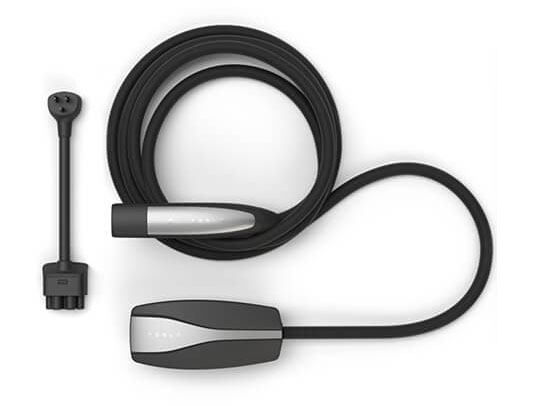
Tesla NEMA 5-15 adapter. This is an adapter for your regular outlet. Take into account that this is the slowest charging option.
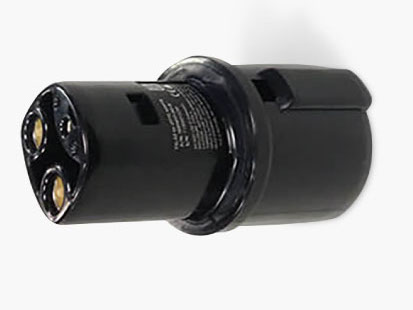
Tesla J1772 adapter. This is the most popular public charging method in the United States (for example for ChargePoint or EVcharging stations found at supermarkets, offices, etc.).
It used to include the Tesla NEMA 14-50 adapter as well, but it doesn’t anymore. Note that it also doesn’t include the CHAdeMO adapter like the one in the image below.
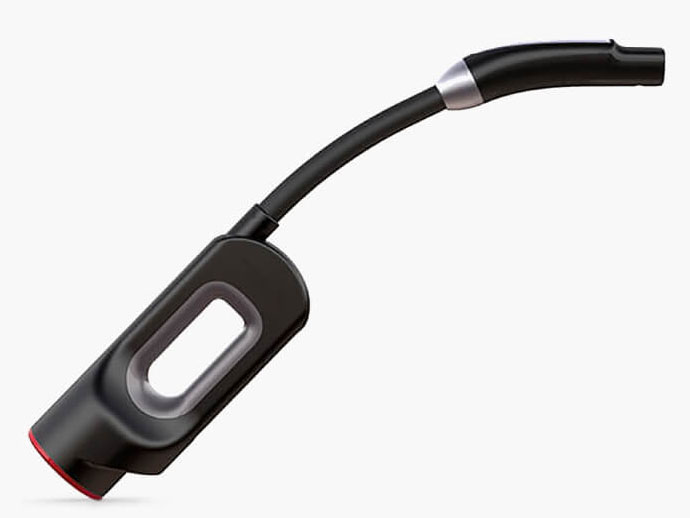
Everything else needs to be purchased separately. In our case, we got the NEMA 15-30 for new dryer outlets- that’s the outlet we installed when we got the car- and the NEMA 10-30 for older dryer outlets. The reason why we got this one is it comes in handy when traveling and staying at vacation rentals in the US. Note that the NEMA adapters come in two versions: Gen 1 and Gen 2, depending on which Mobile Connector you have.
Have questions? Reach out at contact@tesletter.com
Have you not ordered your Tesla yet? Use my referral code http://ts.la/ignacio9266

